
Some people think all the Fast & Furious movies are the same. Those people are crazy and you should never talk to them, because crazy people are crazy.
Yes, every Fast & Furious movie features cars that go fast. Yes, every Fast & Furious movie features a lot of characters who say the word “fast” and absolutely no one who ever says “furious.” And yes, every Fast & Furious movie is set in the same world where top-secret all-powerful government agencies, even more top-secret all-powerful drug cartels, and the top-secret-est all-powerful-est supervillain terrorist warlord arms dealers are no match for cool dudes with cool cars.
But there the similarities end. The franchise began with Dominic Toretto truck-heisting DVD players. Fourteen years later, he’s fending off drone strikes. Below, a reasonable attempt to rank all the Fast films.
7. Fast & Furious
On a structural level, this is the single most important film in the franchise. You could call the fourth movie the pilot episode, setting the tone for the bigger-and-better movies that followed. Original stars Vin Diesel and Paul Walker return, joining with Tokyo Drift team Justin Lin and Chris Morgan. And the first scene of Fast & Furious is a great demonstration of Lin’s talents as an action filmmaker. But there’s no way of getting around it: Fast 4 is also a total bummer. Killing off Letty sends Dom on a mission of Death Wish vengeance, which should feel melancholy but just feels mopey. (In Bond-movie terms, this is Quantum of Solace.) Also not helping matters: A running action motif where the main characters follow “directions,” which plays out like an inadvertent advertisement for Waze. Fast 4 is awkward, but essential for everything that came next.
6.5. Los Bandoleros
Vin Diesel wrote and directed this twenty-minute prologue for the fourth film. What could’ve been a just-for-fans Easter egg is actually a charming, weirdly abstract short film. The movie starts with Puerto Rican singer-songwriter Tego Calderon talking about corporations holding back the electric car, right before he escapes prison to hang out in a bar with Dominic Toretto. Letty shows up, and Dom takes her to the beach. It’s very film school-y—diegetic music, ambient conversation, long shots of young lovers driving—but it’s also a curiously sincere alternate-universe Fast movie. (Call it Slow & Mildly Bemused.) I dunno, don’t you wish Jeremy Renner could make a twenty-minute short film about Hawkeye?
6. 2 Fast 2 Furious
Controversial opinion: 2 Fast 2 Furious is not bad. Even more controversial opinion: 2 Fast 2 Furious is pretty okay. Most controversial opinion of all: The spirit of 2 Fast 2 Furious makes the later films even better. One-off director John Singleton doesn’t seem to have any interest in making an action movie; instead, he turns the second film into a parody of the first one. Every drag-racer is color-coded in neon clothes to match their neon cars, and Ludacris is the big-haired King of Miami, and Tyrese Gibson rips his shirt off so you can admire his glistening physique while he punches in a window, and never has there been a more hilarious unconvincing Argentine drug lord than Carter Verone. CARTER VERONE!
The first film trucked in relatively realistic auto-physics—the craziest thing to happen was that time a car drove under a truck. 2 Fast starts with one car flying over another one; by the end, there’s a car flying into a boat. 2 Fast is a goof, but it’s a self-aware goof.
5. Furious 6
Let’s be clear. Justin Lin’s Fast swan song features one of the single greatest moments in movie history: Letty flying off the tank to certain death, and Dominic Toretto crashing his car so he can fly into her. (Don’t worry; there’s a car to break their fall.) And the sixth Furious movie also has one of the best action scenes ever: The final race down the neverending runway. Any director who makes an action movie should study the plane scene: How it pays off every subplot, cutting between a massive cast and steadily building the thrills until the final crash.
Good stuff? Absolutely. So it doesn’t really matter that Furious 6 is less a movie than a victory lap, a job-well-done chance for the Fast Five team to do the same again but moreso. It’s great to see Rodriguez back in the franchise, but the amnesia plotline keeps her locked away from the drama. Likewise, it was a weird decision to banish Brian for an Act 2 Fast 4 epilogue. (In Harry Potter terms, this one’s Goblet of Fire: A mess of subplots alongside standout showcase scenes.)
In conversation, Lin and Morgan have both described this movie as essentially the second half of the previous film, which actually does explain why the first half drags while the final climax rocks. (If you’re keeping track, that also means the fifth and sixth movies comprise a single movie titled Fast Five Furious 6.)
These Are the 11 Best Bromances of All Time
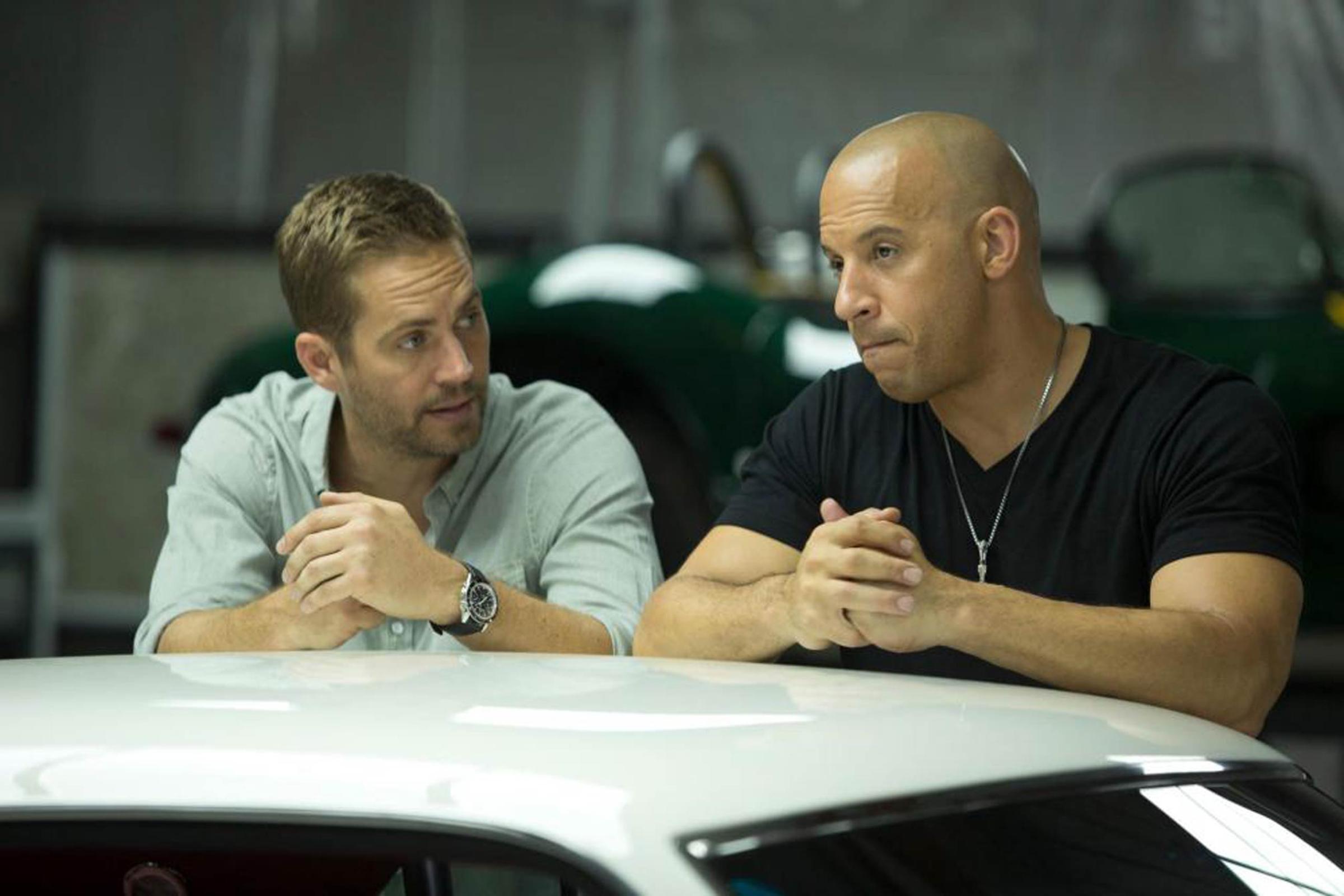


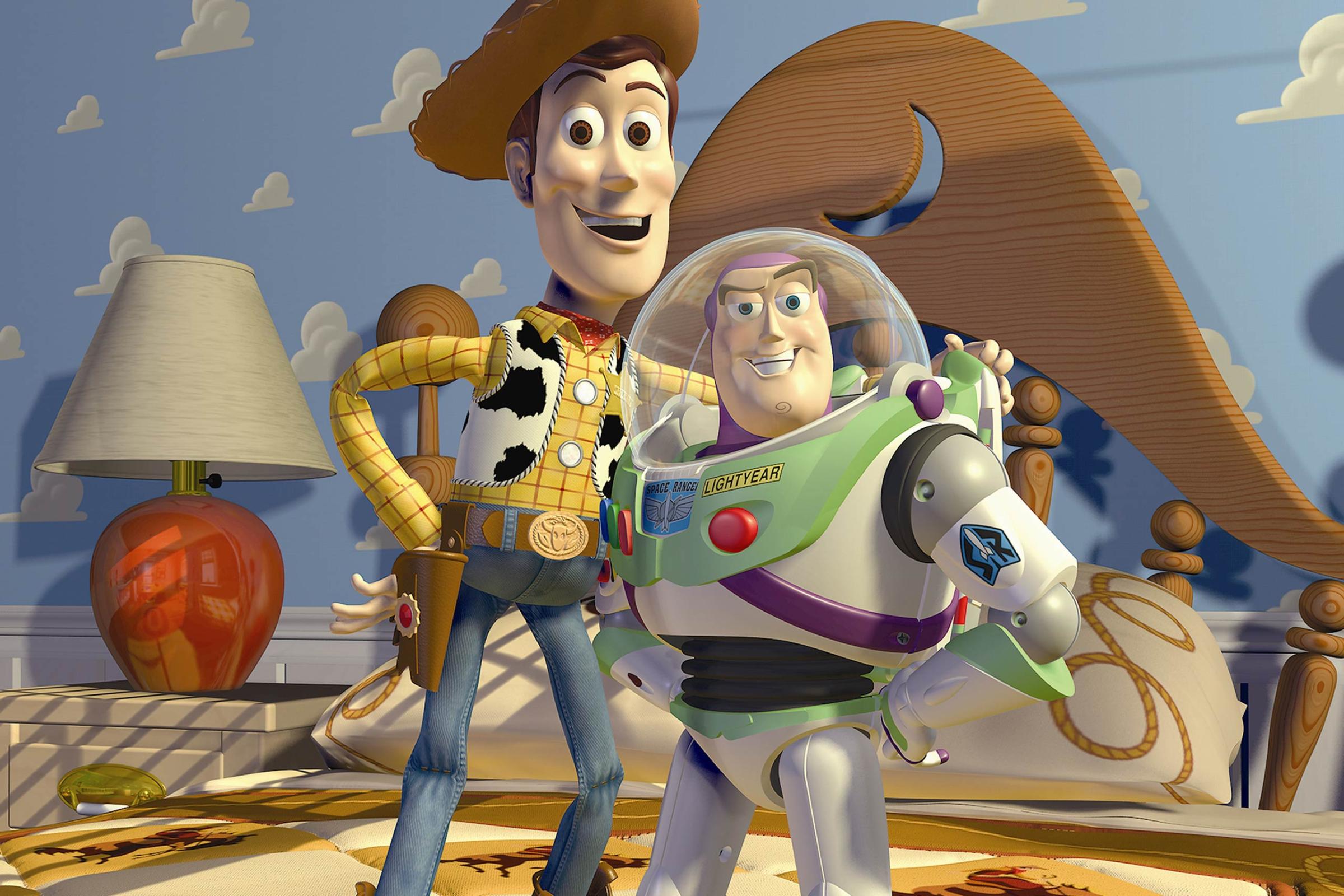
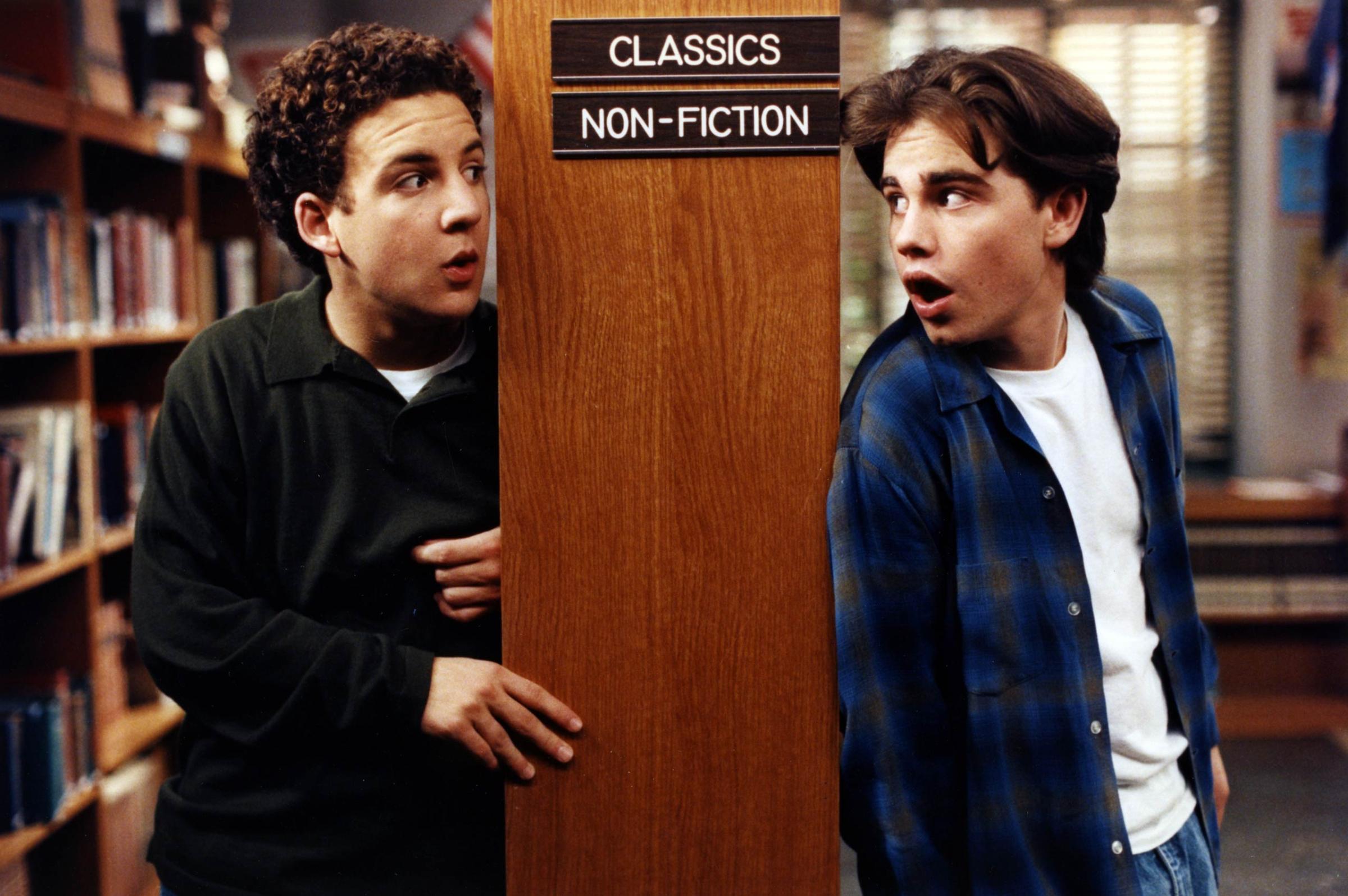



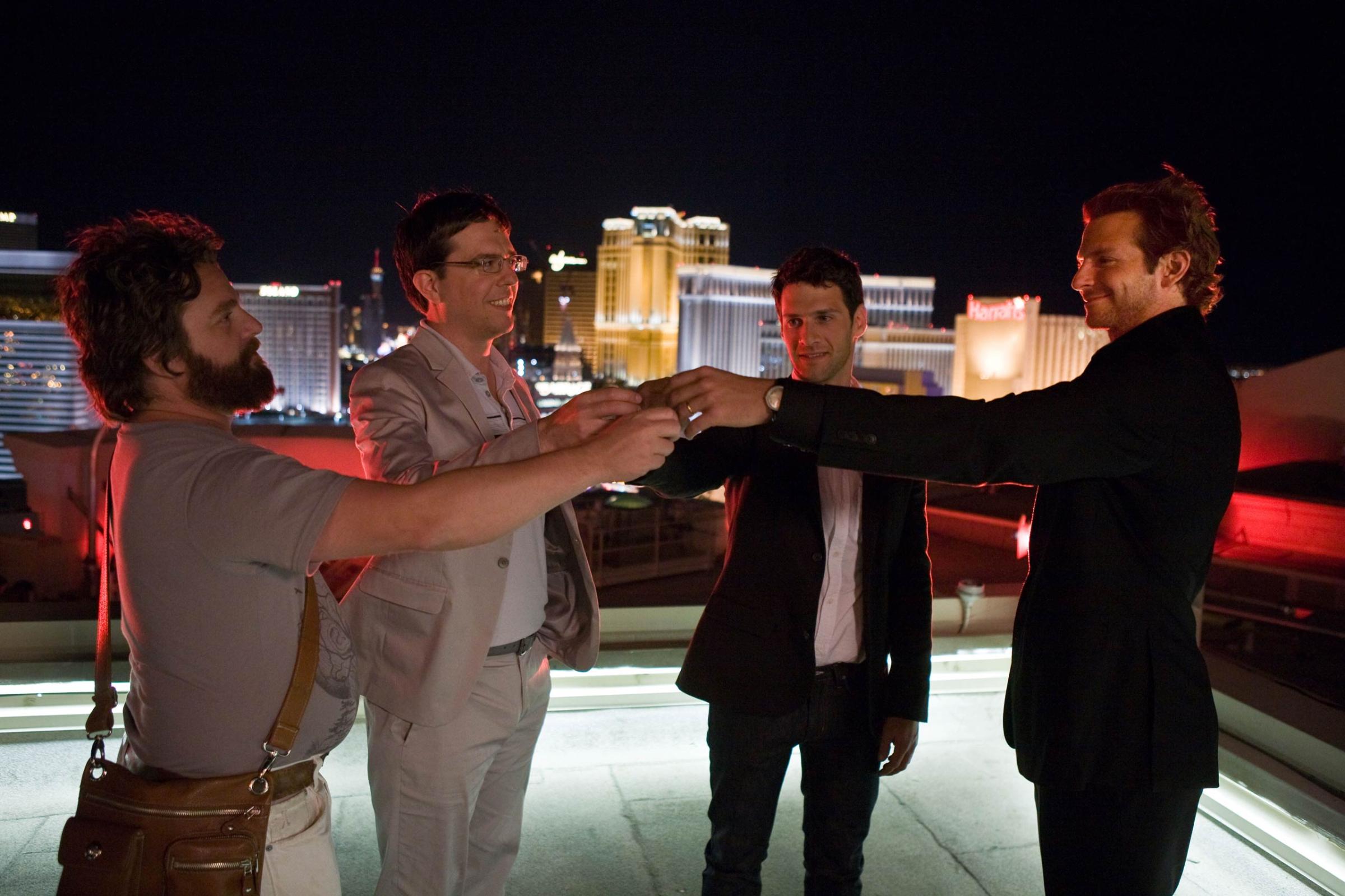
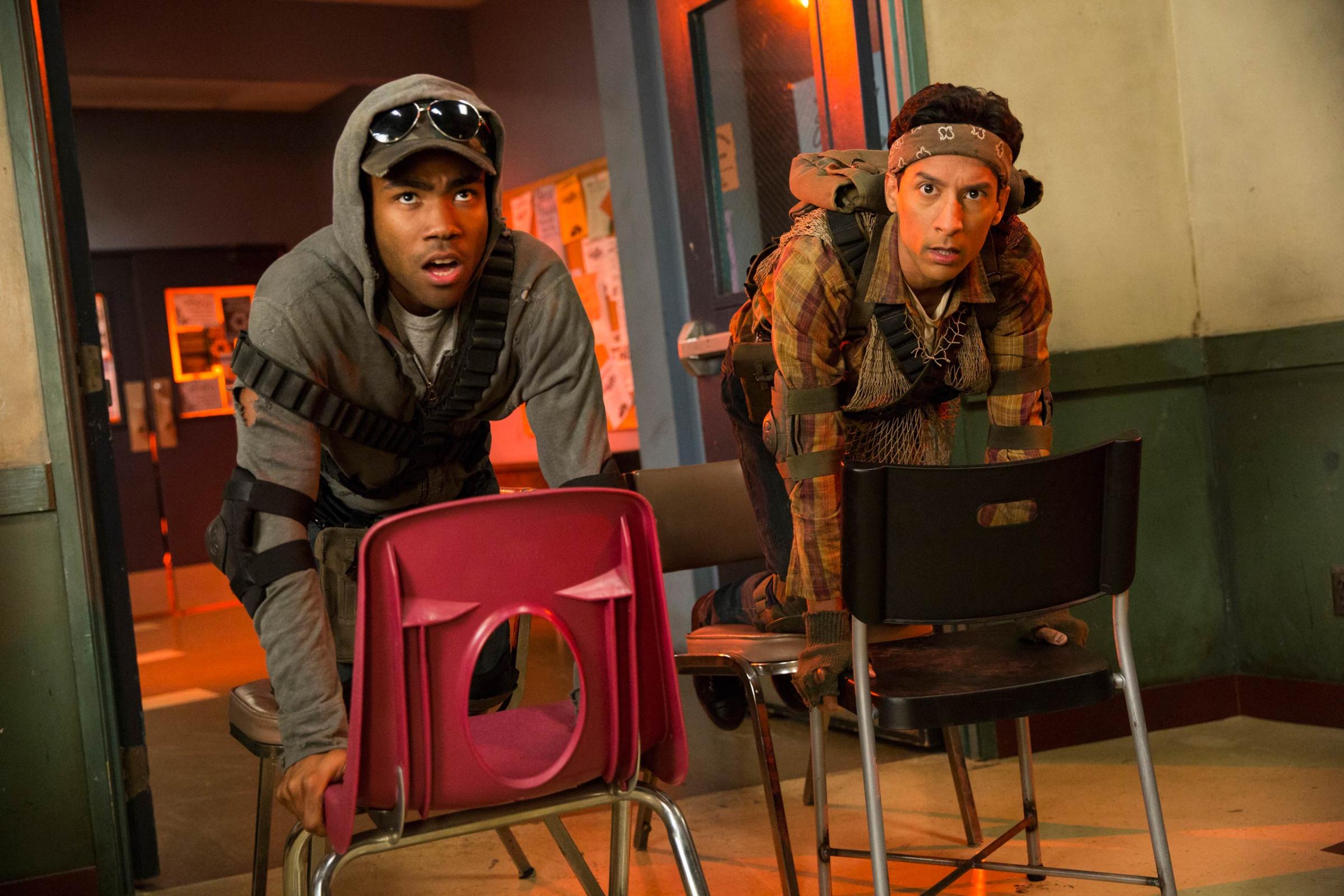
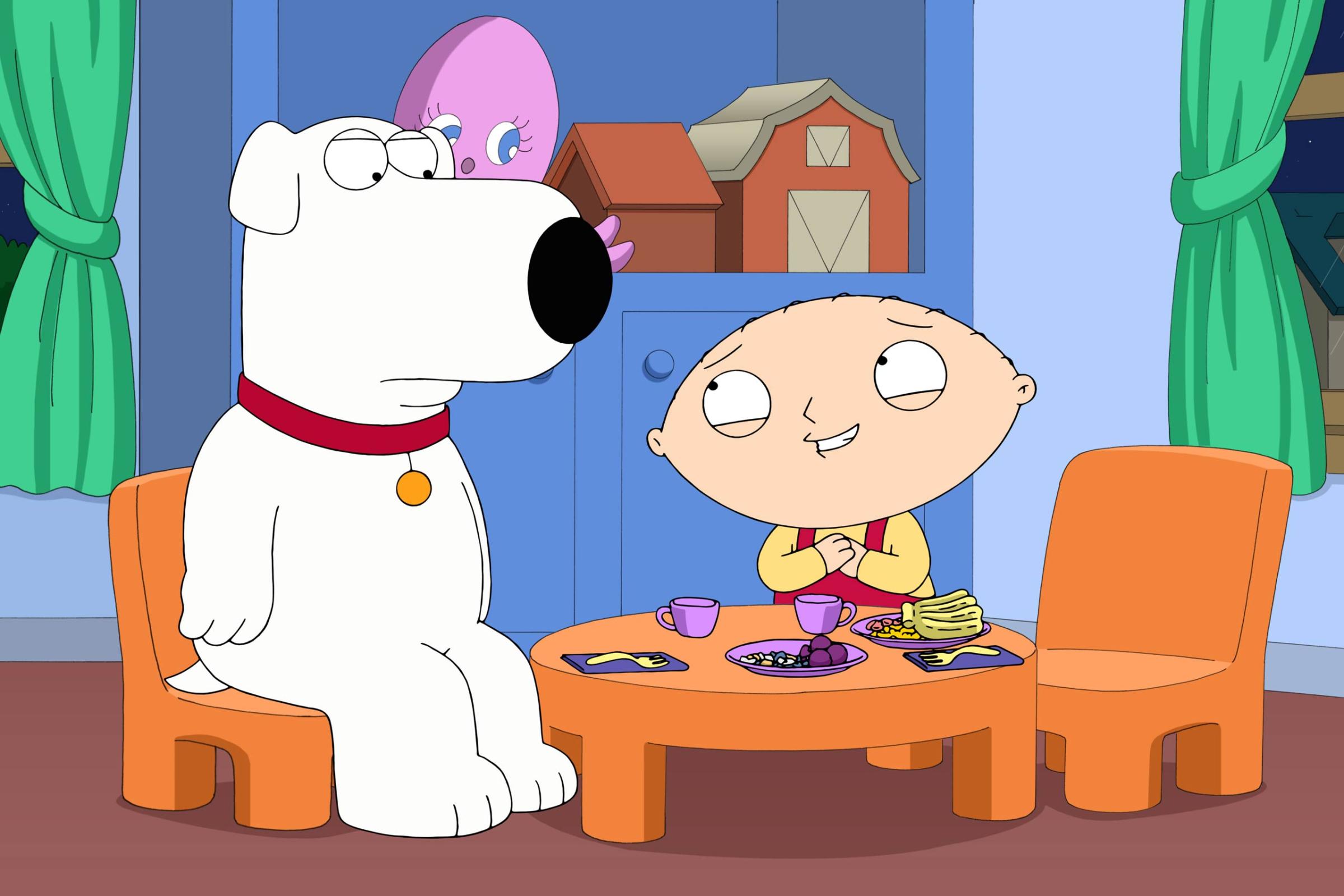
4. The Fast and the Furious: Tokyo Drift
In which Justin Lin and Chris Morgan turn a pile of spare parts into a 10-second car. The over-delivering starts early in the third Fast film, when Sean Boswell (the oldest-looking high school student in movie history) races football jock Clay (the oldest brother from Home Improvement!) through a construction site. It’s a playful site gag that’s also a genuinely exciting car chase—an essential preview of the unique Arnold-Schwarzenegger-meets-Buster-Keaton mixture of muscle-car wild action and geometric precision that Lin brought to his films.
Once the film moves to Japan, Tokyo Drift positively soaks in atmosphere. Of all the Fast films, this is the one that feels closest in spirit to genuine car culture—and the best parts of the film are practically anthropological. (Drifting really does look cool.) All that atmosphere helps cover some of the film’s problems—namely, the almost-complete lack of compelling personalities. I say “almost” because Tokyo Drift lucked out with Sung Kang. His world-weary Han would appear in all the future films, but this is his showcase—his Bandoleros, if you will—and he gives the film a genuine heart.
The final action scene hasn’t aged well—whoa, cameraphones!—but Tokyo Drift is Fast & Furious reduced to its bare essentials, lean and mean. (In X-Men terms, it’s The Wolverine.)
3. The Fast and the Furious
The first movie should look so modest in comparison. Everyone is young, normal-sized. There are only a few big action scenes, none of them which involve tanks or planes or bank vaults. Later films put whole cities at risk; the scariest part of Fast 1 is the possibility that Brian O’Conner might ruin his friendship with Dominic Toretto.
But Fast 1 runs on huge emotions and sky-high ambitions. Walker plays the role of nice-guy outsider protagonist, which means everyone else gets to have fun. Vin Diesel becomes Vin Diesel, playing ex-con Toretto as a broody car-Christ. The first big racing scene is mythmaking at its finest, complete with a Ja Rule cameo and Diesel’s “You never had me!” monologue. Rick Yune’s Johnny Tran is the second-best Fast villain—and if you retroactively think the Rock’s a good guy in Fast Five, he’s the best, full stop.
Director Rob Cohen doesn’t have Lin’s verve for action scenes, and Fast 1 is a clear victim of age-so-poorly bad CGI. But Cohen was smart enough to let dynamic young performers like Diesel and Rodriguez pretty much play the version of themselves they’d be playing forever. So although the later movies are wilder and crazier are bigger, they’re also all chasing the franchise’s Big Moment: Vin Diesel, in the shadows of a garage, explaining that he lives his life a quarter mile etcetera.
2. Furious Seven
If The Fast and the Furious is the band’s debut album, then Furious Seven is the double-sided concept-album mixtape with guest stars and interludes and sometimes Taiko drums just for the hell of it. (Fast 1 is to Furious Seven as Meet the Beatles is to The White Album.) From the very first scene—an extended introduction to new villain Jason Statham, walking through the ruins of a hospital he practically destroyed—the newest film announces itself as a complete hyperbolization of everything that has come before.
Everything that can be done gets done twice. Statham has a hand-to-hand fight with The Rock and a hand-to-hand fight with Diesel. Cars fly out of a plane, and fly off a cliff, and through a building, and through another building. In the wrong hands, this could get enervating—too much too muchness, like the Transformers films. But Wan brings a light touch, scattering little moments inside the big scenes. Like the moment when two cars fly off a cliff, and while they fall through the air, birds chirp in the background.
There’s a proud incoherence to Furious Seven. None of these movies’ plots make sense, but Seven clearly bears the marks of the midstream loss of Paul Walker. To counterbalance the loss, the film shuffles through A-plot goals and B-plot arcs in a clear attempt to keep things moving; Kurt Russell turns an extended cameo into a scenestealing showcase, popping up every twenty minutes or so. (Nominal villain Djimon Hounsou is shot like Darth Vader, but most of his role is screaming from the front seat of a helicopter.)
This is the franchise’s take-it-to-11 moment—complete with a telenovela-worthy Dom and Letty arc—but it’s also the first film that seems aware that these films can’t really go over-the-top. (In Evil Dead terms, this is Evil Dead 2.) And for all the awkwardness, the film is also a sincere tribute to its fallen lead actor—with a four-hankie coda unimaginable in any other action-movie context.
1. Fast Five
The legend. The killer app. The film that retroactively argued that four essentially unrelated movies were all worldbuilding towards a final act. Fast Five is one of the best pure entertainments of the decade, with at least three hall-of-fame action scenes: The train heist, the Rock-Diesel showdown, and the final bank-vault robbery. Hell, there are great action scenes within those action scenes: The train heist leads into the cliff dive, while the final scene double-climaxes with Dom transforming the bank vault into an anti-police-car cudgel.
As Luke Hobbs, Johnson is the kind of genuine-equal antagonist most films never bother with. (Which makes it even more goofy-profound when he agrees to partner up with Dom at the end.) And where the next couple of Fast movies kept sending the cast to further-flung locations, Five benefits from a single strong setting: Rio de Janeiro, imagined herein as a metropolis of sweaty favelas and malevolent dictator-druglords. In his finest outing, Lin brings a mix of beefcake camp and street-level grittiness to the proceedings: When the Rock chases Diesel across the rooftops, it’s like watching Bourne Ultimatum remade by Vince McMahon.
But there’s a core generosity of spirit to Fast Five, which speaks to the weird wonder of the franchise as a whole. Star-producer Diesel has never looked bigger or more messianic—”THIS IS BRAZIL!”—but Fast Five is democratic enough to find room for the stars of non-Diesel outings like 2 Fast and Tokyo Drift. Although it’s easy to forget now, Fast Five was partially conceived as a potential conclusion to the franchise—who knew it’d run forever? And so the final sequence of the movie is one of the most ebullient conclusions of the franchise era: Don Omar’s “Danza Kuduro” rides the characters off into eternity. They finished their last job; now they can rest. Until the next last job.
This article originally appeared on EW.com.
Read next: Furious 7 Races to Front of Box Office Pack With $143.6 Million
More Must-Reads from TIME
- Cybersecurity Experts Are Sounding the Alarm on DOGE
- Meet the 2025 Women of the Year
- The Harsh Truth About Disability Inclusion
- Why Do More Young Adults Have Cancer?
- Colman Domingo Leads With Radical Love
- How to Get Better at Doing Things Alone
- Michelle Zauner Stares Down the Darkness
Contact us at letters@time.com